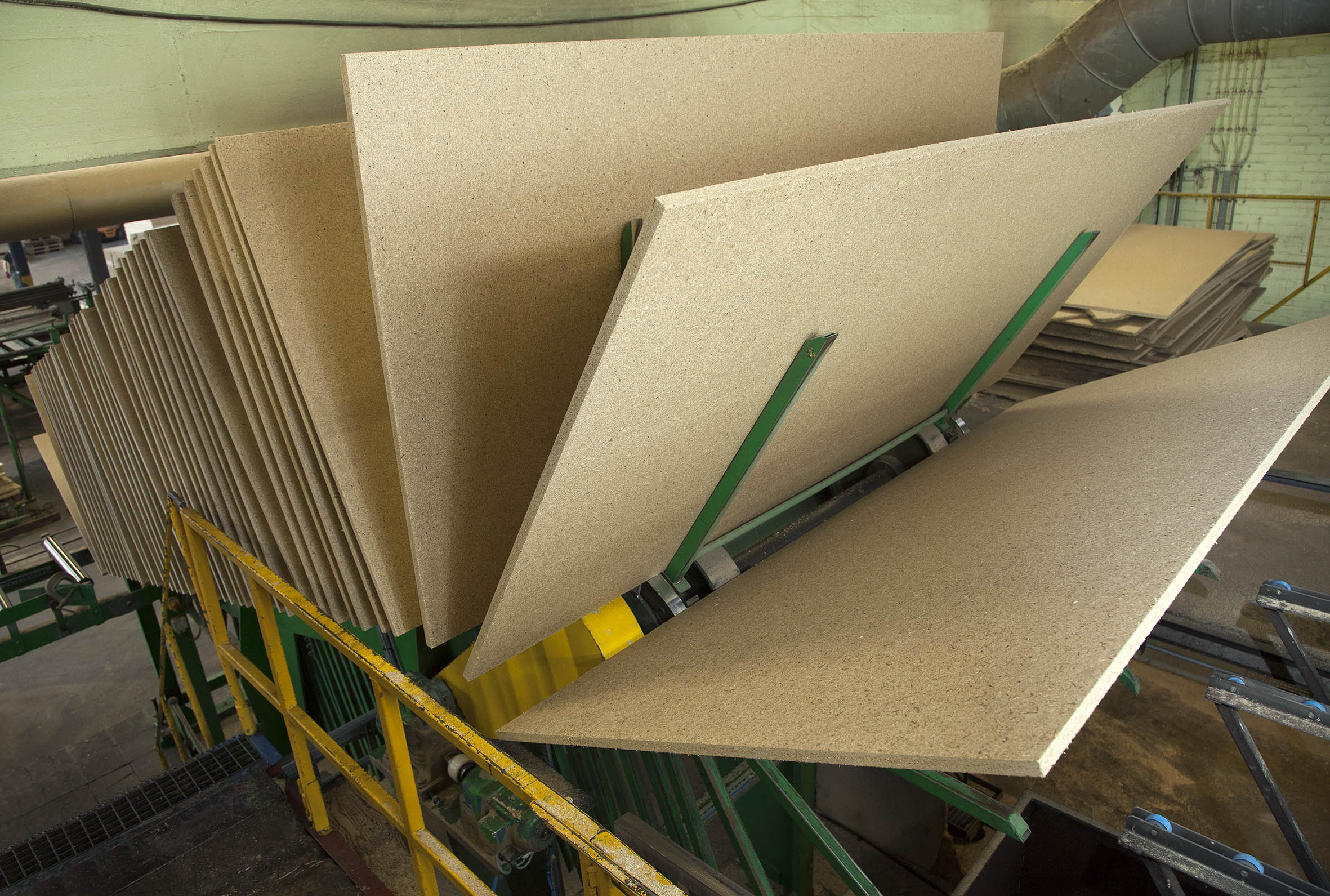Flaxboard
 One of the benefits of flaxboard is that if it is pressed to a low density (350 kg/m3), it has the same fire-resistant properties as or even better fire-resistant properties than wood. It also has excellent insulating and acoustic properties, and a good heat conducting coefficient – Lambda 0.071 W/m K at 350 kg/m3 compared to that of wood, which is around 0.13 W/m K at 650 kg/m3. Thanks to these properties, flaxboard is often used as a filler in walls and doors, especially in fire-resistant doors.
One of the benefits of flaxboard is that if it is pressed to a low density (350 kg/m3), it has the same fire-resistant properties as or even better fire-resistant properties than wood. It also has excellent insulating and acoustic properties, and a good heat conducting coefficient – Lambda 0.071 W/m K at 350 kg/m3 compared to that of wood, which is around 0.13 W/m K at 650 kg/m3. Thanks to these properties, flaxboard is often used as a filler in walls and doors, especially in fire-resistant doors.
From an ecological perspective, we can assert that unlike wood, flax does not contain any naturally occurring formaldehyde. The glue used to produce the flaxboard can vary from E0 to E1. That way, we can comply with standards like the CARB regulations or the NAF (No Added Formaldehyde) standard. If flaxboard is used as a filler, then doors or wall panels can easily demand to 70% to 80% bio-based material.
Standard sized flaxboard is produced in dimension of 2,500 x 1,220 mm, but our welding facilities can be used to glue the boards into the desired dimensions.